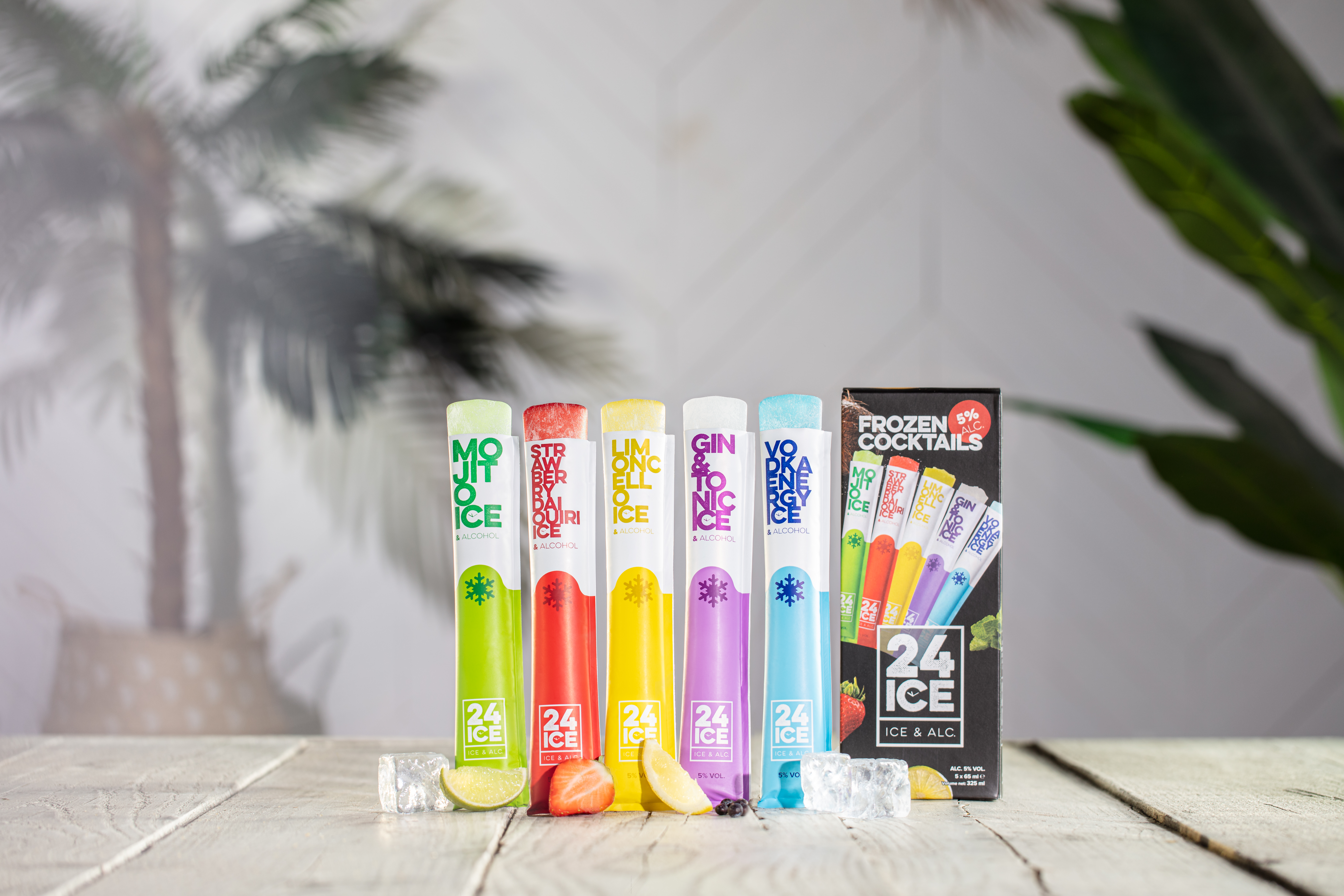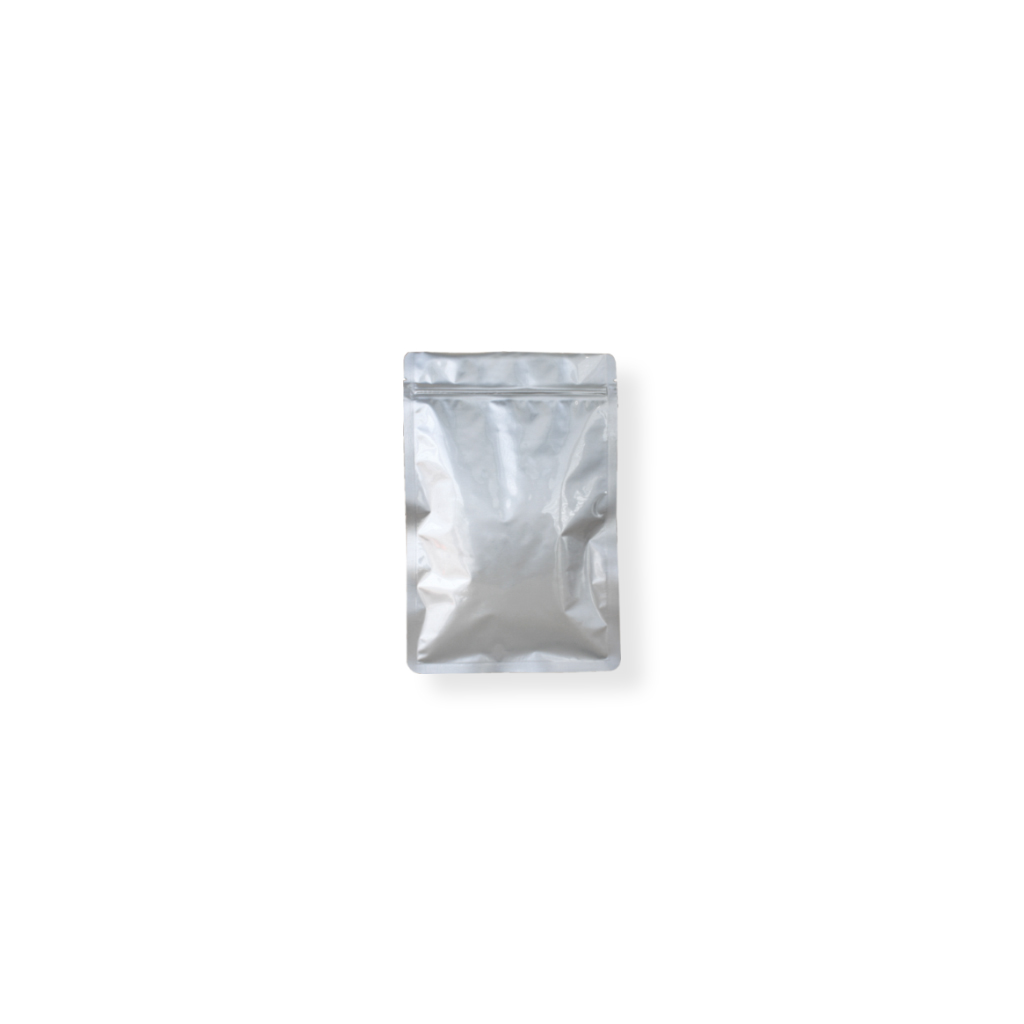

The medical device sector DaklaPack US compostable packaging solutions is one of the most tightly regulated industries globally, and sterile packaging is a critical aspect of ensuring product integrity and patient safety. The packaging process for medical devices not only involves safeguarding the product from contamination but also ensuring that it remains effective throughout its shelf life. This intricate balance requires meticulous attention to various components, including materials selection, design, validation processes, and compliance with stringent regulations.
Understanding the Importance of Sterile Packaging
Sterile packaging serves a dual purpose: protecting medical devices from external contaminants while maintaining their sterility until they are used. Any breach in this packaging can lead to catastrophic consequences, including infections or compromised efficacy of the medical device.
For example, surgical instruments require aseptic conditions for safe use. A failure in sterile packaging can result in increased healthcare costs due to additional treatments for patients who contract infections from contaminated instruments. Therefore, ensuring quality in the sterile packaging process is essential not just for compliance but also for patient safety.
Key Components of Quality Sterile Packaging
To ensure high-quality sterile packaging processes for medical devices, several key components must be addressed:
1. Material Selection
The choice of materials is fundamental in designing effective sterile packaging. Various types of materials are available, each offering distinct benefits and drawbacks depending on the intended use of the device. Commonly used materials include:
- Polyethylene: Known for its flexibility and durability. Polyvinyl Chloride (PVC): Used frequently due to its clarity and strength. Tyvek: A popular choice for sterilization because of its excellent barrier properties.
When selecting materials, it is crucial to consider factors such as compatibility with sterilization methods (e.g., gamma radiation, ethylene oxide) and potential interactions with the device itself.
2. Packaging Design
Design plays an integral role in ensuring that sterile packages maintain their integrity during storage and transport. Effective designs incorporate features that facilitate easy opening without compromising sterility. For instance, peel pouches offer an intuitive method for accessing contained items while preserving sterility.
Moreover, design considerations should extend to labeling requirements mandated by regulatory bodies. Clear labeling helps users understand usage instructions and expiration dates, further enhancing safety.
3. Validation Processes
Validation is an essential step in establishing confidence that the packaging process consistently meets predetermined specifications and standards. This includes validating both the packaging material and the sealing process.
A well-structured validation plan typically involves:
- Conducting tests on seal strength Assessing barrier properties against environmental factors Performing compatibility studies between packaging materials and sterilization agents
These steps ensure that every package will perform reliably under real-world conditions.
4. Regulatory Compliance
Adhering to regulatory standards set forth by organizations such as the FDA or ISO 11607 is non-negotiable in medical device packaging processes. These guidelines provide frameworks for material selection, testing protocols, sterilization methods, and labeling requirements.
Non-compliance can lead to severe consequences ranging from fines to complete market withdrawal of products. It is crucial for medical device manufacturers to stay informed about updates in regulations affecting their products.
US Packaging Company5. Continuous Improvement
Quality assurance does not end once a product reaches the market; it requires ongoing monitoring and improvement efforts. Regular audits help identify areas where processes may be falling short or where new technology could enhance efficiency or quality.
Engaging with feedback from users can also provide valuable insights into how well your sterile packaging performs in real-world settings.
The Role of Technology in Enhancing Quality Control
Advancements in technology have significantly influenced how manufacturers approach sterile packaging processes today. Automation has streamlined many aspects of production, reducing human error while increasing consistency across batches.
Additionally, smart technologies such as RFID tags offer novel ways to track packages throughout their lifecycle—from manufacturing through distribution—allowing companies to monitor conditions like temperature or humidity during transportation effectively.
Real-time data analytics can help organizations respond quickly if deviations occur during production or handling phases, ultimately safeguarding product quality.
Sustainability Considerations
As awareness around environmental impact grows within the medical industry, many companies are adopting sustainable practices into their sterile packaging processes. This includes exploring biodegradable materials or recyclable options without compromising safety standards.
Sustainable practices can sometimes present challenges—such as balancing cost-effectiveness with ecological responsibility—but they represent a significant opportunity for innovation within medical device packaging solutions.
For example, manufacturers might explore plant-based polymers or alternative sources that reduce reliance on fossil fuels while still meeting performance metrics necessary for sterile applications.
Challenges Faced by Medical Device Packaging Companies
Despite advancements aimed at improving quality control within sterile packaging processes, several challenges persist:
Cost Pressures: Balancing high-quality materials with cost constraints presents a continual challenge. Supply Chain Disruptions: Fluctuations in raw material availability can impact production timelines. Regulatory Changes: Keeping pace with evolving regulations requires dedicated resources and expertise. Technological Integration: Implementing new technologies may necessitate extensive retraining of personnel. Consumer Expectations: Increased scrutiny from consumers regarding sustainability demands constant adaptation from manufacturers.Addressing these challenges requires proactive strategies focused on risk management and continuous improvement across all aspects of production and supply chain dynamics.
Conclusion
Ensuring quality in medical device sterile packaging processes is a multifaceted endeavor requiring careful consideration across multiple domains—from material selection through regulatory compliance to sustainability initiatives. Manufacturers must remain vigilant about industry trends while embracing technology's role in facilitating better outcomes throughout their operations.
By prioritizing these factors within their business strategies, companies can enhance both patient safety outcomes and overall market viability—a goal worth pursuing amid an increasingly complex landscape characterized by rapid change and heightened scrutiny over quality assurance practices.